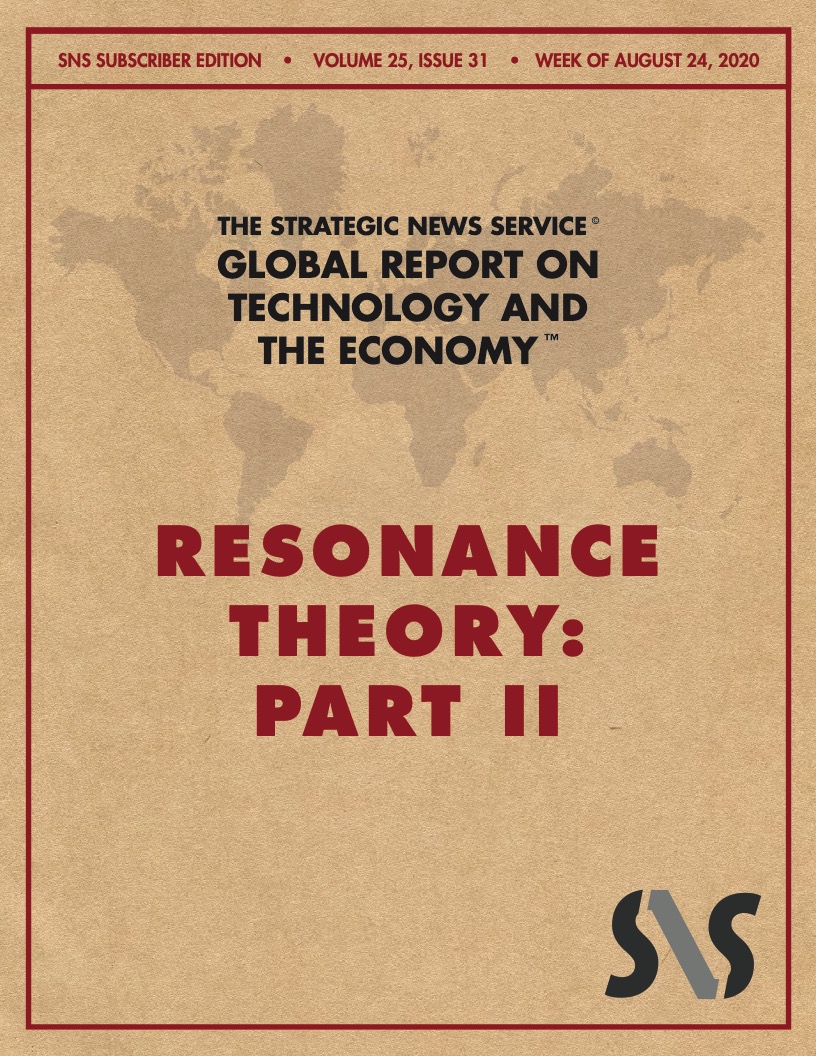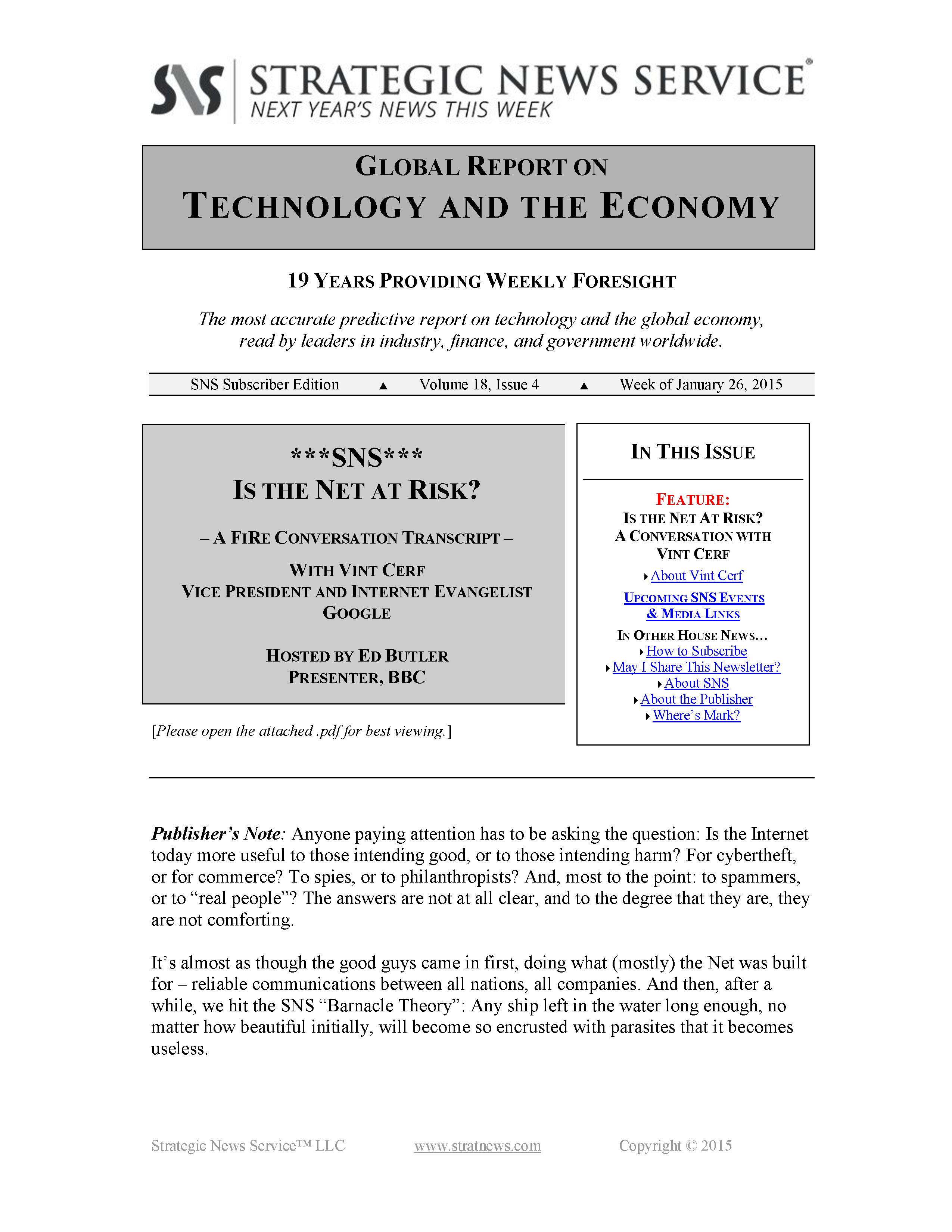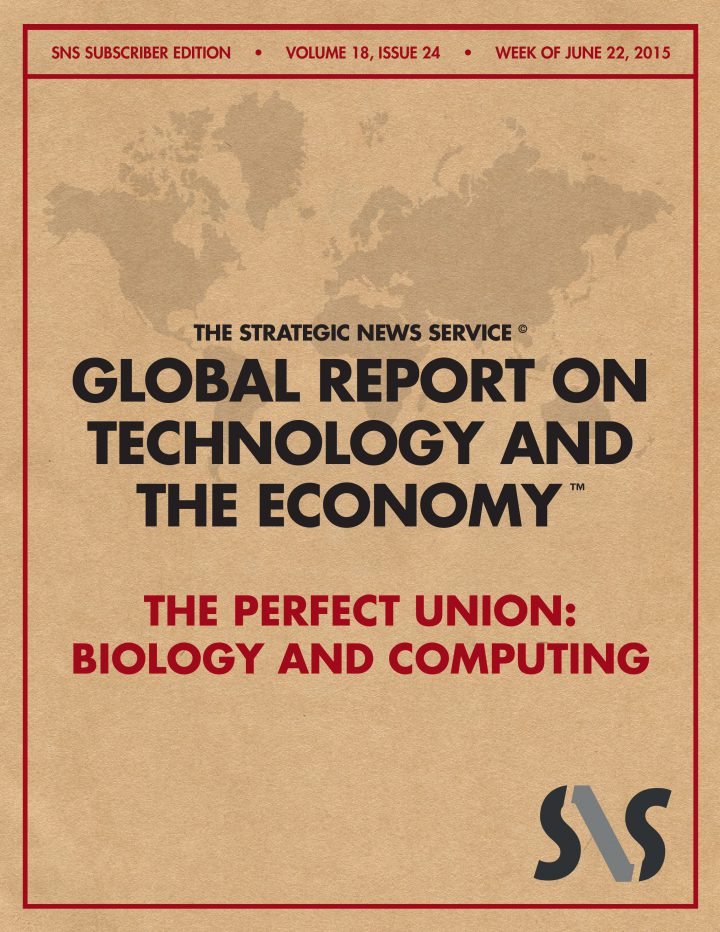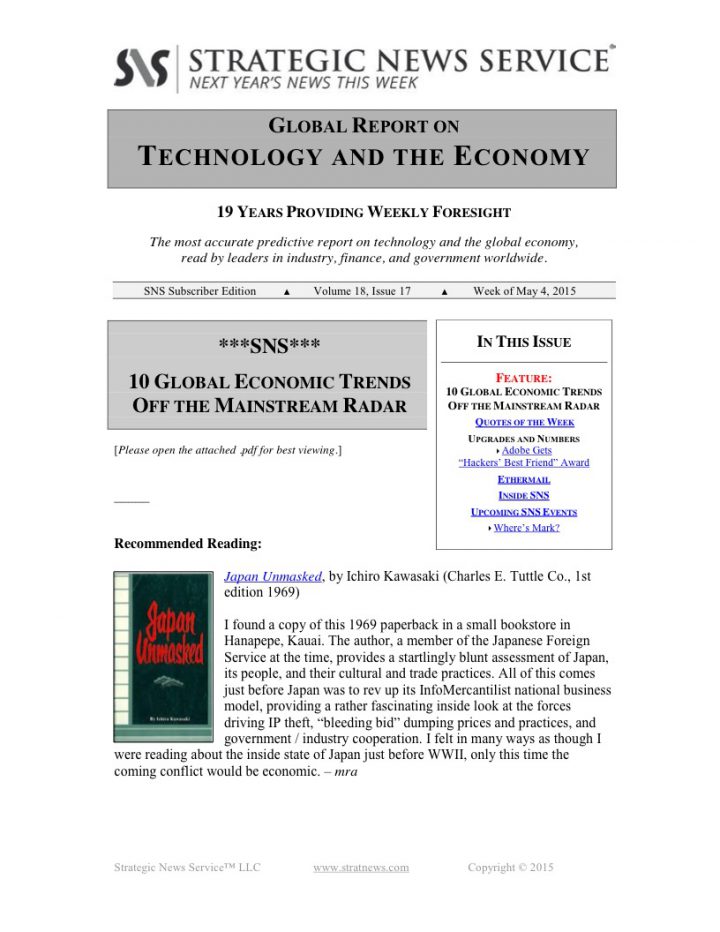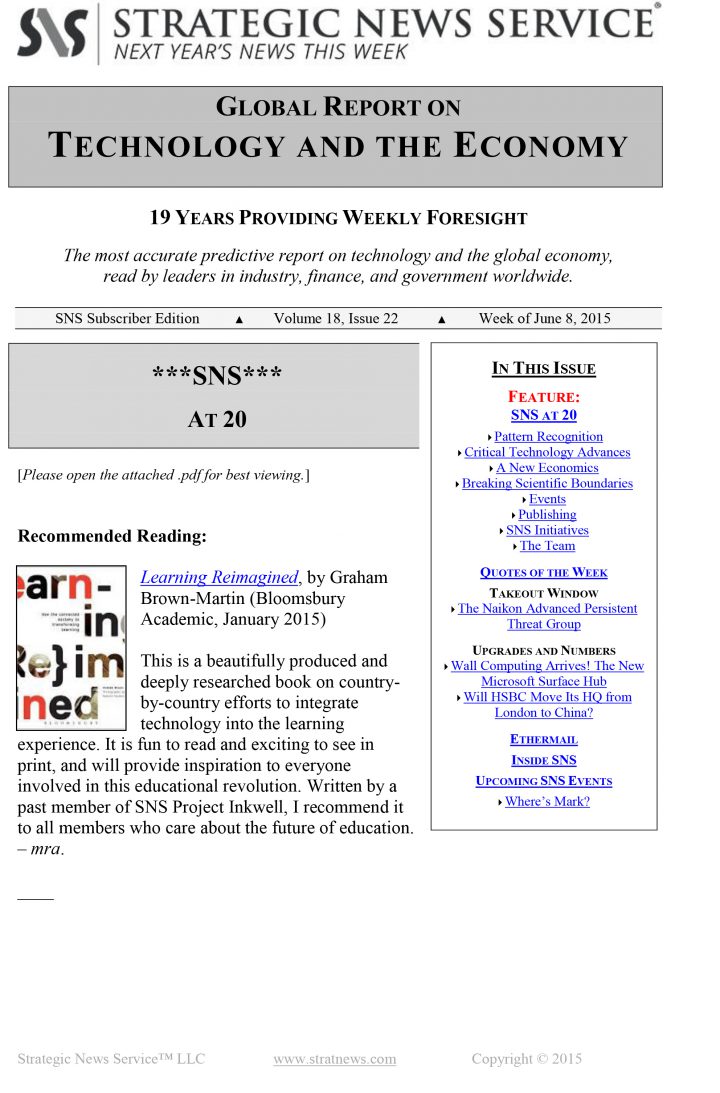In This Issue
Vol. 25 Issue 31
Resonance Theory: Part II
- Introduction
- Patterns in Physics
- Resonance II: A New Geometric View
- Interaction Theory
- Light
- Matter
- The Geometry of Velocity
Quote of the Week
On Our Radar
- “The Gadget”
- FiReSide Gallery: August: “Disruptive Energy Futures”
The INVNT/IP Digest
Ethermail
—
Introduction
First, an apologia of sorts: to many who read this (second) and next week’s Resonance discussions, the series will likely seem disjointed, confusing, and perhaps even misguided. To others, I hope, it will be exciting, daring, revelatory, and inspiring. If you turn out to be in the first group, you might consider chatting up someone in the second. (Resonance I is available here.)
Patterns in Physics
It is unlikely that the reader will have encountered many, or even any, of the concepts, relationships, or discoveries laid out in this issue. And the reason is simple: they were achieved through the application of pattern recognition in reviewing known physics.
This probably sounds pretty tame, but it’s actually revolutionary.
For example, virtually all PhD physicists, by definition, have had to go through school programs to get their doctorates, and therefore the right to get grants, and to practice and publish in physics. To do this, they had to learn what has been discovered to date, often learning literally the exact idea paths first laid out tens or even hundreds of years ago. Each of these threads has its own story – of wins or losses, rights or wrongs, Nobels or dead ends. And learning, in this way, brought each student to the peak of the pyramid, standing on the shoulders of those people, and on those ideas, from the past.
In a sense, this was a pyramid of the hypotheses, or hunches, that had turned out more right than wrong, over time, usually tested by experiment.
One of the costs of this system was forced specialization, which tended to restrict the time and ability to take a much wider view across, in this case, physics (i.e., “how the world works”).
While specializing is an obvious result of competition, and has obvious benefits in diving deep into subjects, it also has a cost: the nature of discoveries made is also specialized, and tends to be restricted to related hypotheses.
The application of pattern recognition to science leads to a radically different view of the same landscape. If we were living in Switzerland, it would be like the difference between hiking up a single mountain with a specialist guide in climbing, say, the Jungfrau, and looking down from the International Space Station. Even from the highest mountain elevations, the guide will never see the patterns obvious to the astronaut.
And, just as important, the astronaut will never have the knowledge base of the guide – which route to take, time of year to make the ascent, etc. (If you want to climb the Jungfrau, I definitely recommend hiring the guide vs. the astronaut.)
In this and the next issue on the Resonance Program, I’ll be sharing a series of what we call Pattern Discoveries – made strictly through the application of pattern recognition to the same landscape available to everyone else. But by using pattern recognition, we will have a view that is fresh, often crazy-seeming at first, and yet that begins to offer a completely different model upon which to see the same terrain.
On the downside, I will not (and often won’t be able to) provide all of the normal pyramid-like buildup of how we got there; after all, we didn’t “get there” by that path. This means that I will have used a different set of checks and tools, regarding patterns made or broken, to evaluate the credibility of each discovery – and this I have done my best to do, usually by consulting with the top people in each field.
Exactly how different and exciting can this new pattern view be? In these two issues, I’ll share some examples along a couple of different threads, trying to keep things simple, and throw in the occasional (optional) math equation to provide waypoints for professional scientists. But I think readers will see, almost immediately, that these new discoveries will surprise and excite the imagination of everyone looking for a wider view.
…
Additional information
| Focus Channels |
|---|
SKU: SNS-2020-08-27 - Need Help? Contact Us Leave Feedback
Categories: 2020 Issues, Back Issues
Tag: PDF Download

